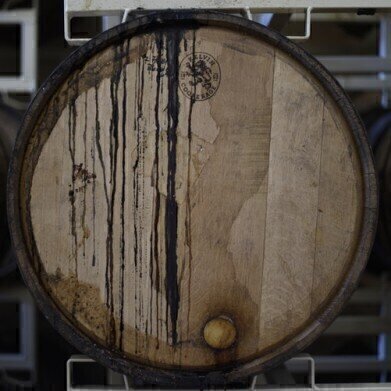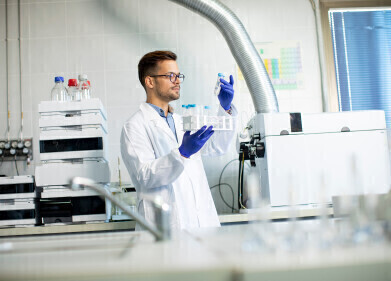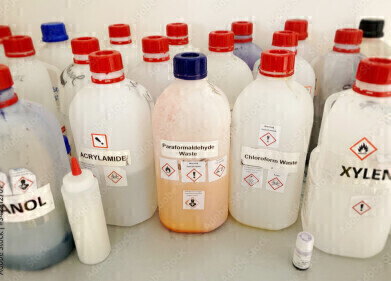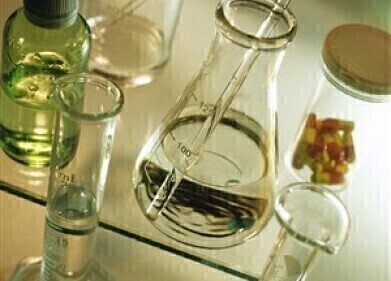Supercritical fluid (SFC), Green Chromatography
Chromatography Helps Recreate 100-Year-Old Bourbon
Jan 15 2019
A recent article on NPR (National Public Radio) in the USA discussed how chromatography helped a distillery recreate a whisky that was first distilled over a hundred years ago in Kentucky, USA. Chromatography is a powerful analytical technique that is probably more closely associated with developing new drugs or analysing crime scene samples to help bring criminals to justice.
But the article shows that chromatography is a versatile technique that can be used in many different fields. And chromatography is constantly developing new techniques and columns - as described in the article Column Technology for Achiral SFC Separations. Let’s take a closer look at the story and see how chromatography could end up helping modern-day bourbon drinkers to enjoy a tipple from last century.
Distillery comes back to life
The story starts when the Castle & Key Distillery in Kentucky, USA was being renovated several years ago. The distillery originally belonged to Colonel Taylor, who made great strides in industrializing the bourbon industry in the early part of the twentieth century. The distillery had several other owners after Taylor died in 1923, but eventually fell into disrepair and remained a jumble of weeds and crumbling buildings for 40 years.
But new distillery owners in 2014 - who set up the new Castle & Key Distillery - cleared the site of weeds and rebuilt a distillery to produce spirits for the future. But when the Master Distiller Marianne Eaves found a bottle of 1917 Old Taylor bourbon, she had an idea to use the past to help recreate the new distillery’s future. And that’s where chromatography’s versatility came in.
What makes butterscotch?
Unfortunately, although the distillery had the bottle of bourbon, they didn’t have the recipe. So how to recreate the distinctive taste of Old Taylor bourbon? As Eaves said on NPR:
‘The most dominant flavour in that 1917 bourbon was the butterscotch note. That's something that bourbon aficionados and the ‘dusty hunters’ recognize about historic Old Taylor bourbon is this beautiful, rich, creamy, sweet butterscotch note — and the mouthfeel of that particular bottle was really unique for a historic whiskey.’
To determine hints on the recipe, eaves turned to chromatography - ‘We decided to use a good old-fashioned 'GC' — gas chromatography’ Eaves said on NPR. Using chromatography, they were able to discover which grains were used in the recipe and in what ratio. They also found a modern yeast strain that had a similar taste profile. This allowed Castle & Key to take flavour cues from the past to make a very modern bourbon - Eaves states that ‘We didn't really want to replicate what he was making exactly, but take those flavour cues from the past, and then model our recipe around that.’
The drink is currently aging - a process that will take a minimum of four years.
Digital Edition
Chromatography Today - Buyers' Guide 2022
October 2023
In This Edition Modern & Practical Applications - Accelerating ADC Development with Mass Spectrometry - Implementing High-Resolution Ion Mobility into Peptide Mapping Workflows Chromatogr...
View all digital editions
Events
Apr 28 2024 Montreal, Quebec, Canada
May 05 2024 Seville, Spain
May 15 2024 Birmingham, UK
May 19 2024 Brno, Czech Republic
May 21 2024 Lagos, Nigeria














